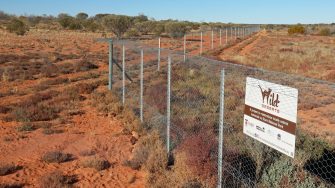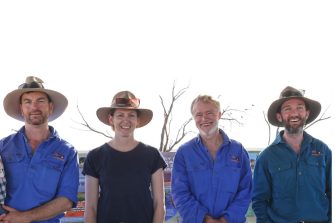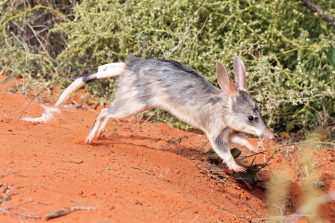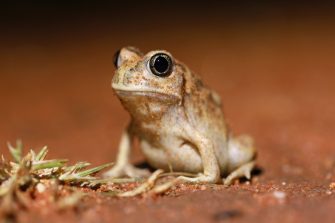
UNSW Sydney has partnered with Ecological Horizons and the Department of Climate Change, Energy, the Environment and Water in collaboration with Taronga Conservation Society Australia, to bring back seven locally extinct mammals to an area in north-west NSW’ corner country’. Wild Deserts covers about 35,000 ha, where we are introducing locally extinct mammals, controlling invasive species and managing kangaroos to restore the desert ecosystem. We’re using large fenced exclosures, a Wild Training Zone and a range of innovative predator control and research techniques.
The Wild Deserts site and field station are located in the north-west corner of New South Wales within Sturt National Park, where New South Wales, South Australia and Queensland meet.
After completing 40km of specialised feral-proof fencing in October 2018, the Wild Deserts team have eradicated every last rabbit, cat and fox from two fenced exclosures designed to keep ferals out, each 4km x 5km (totalling 40 square kilometres).
In August 2020, we started reintroducing mammals that were once widespread in NSW but have not been seen for over a century. We will eventually reintroduce the greater bilby, western barred bandicoot, golden bandicoot, greater stick-nest rat, burrowing bettong, crest-tailed mulgara and the western quoll. Read more about the mammals here.
In 2020, we launched one of the most innovative and exciting parts of the Wild Deserts project – the Wild Training Zone. This area of more than 100 square kilometres is designed as a training ground for predator-naïve reintroduced mammals to learn the skills needed to coexist with feral predators beyond fences, using innovative and cutting edge research techniques.



